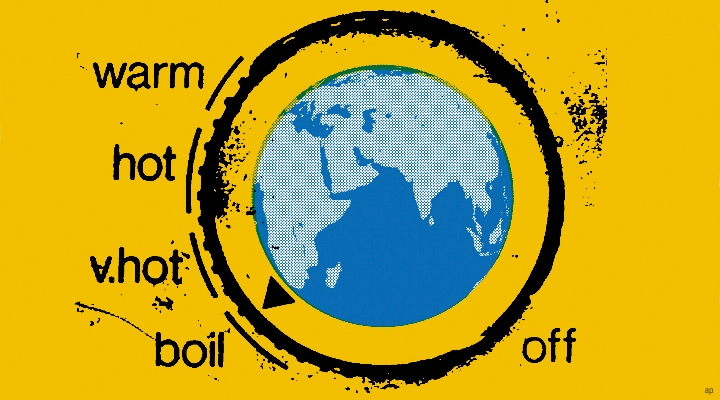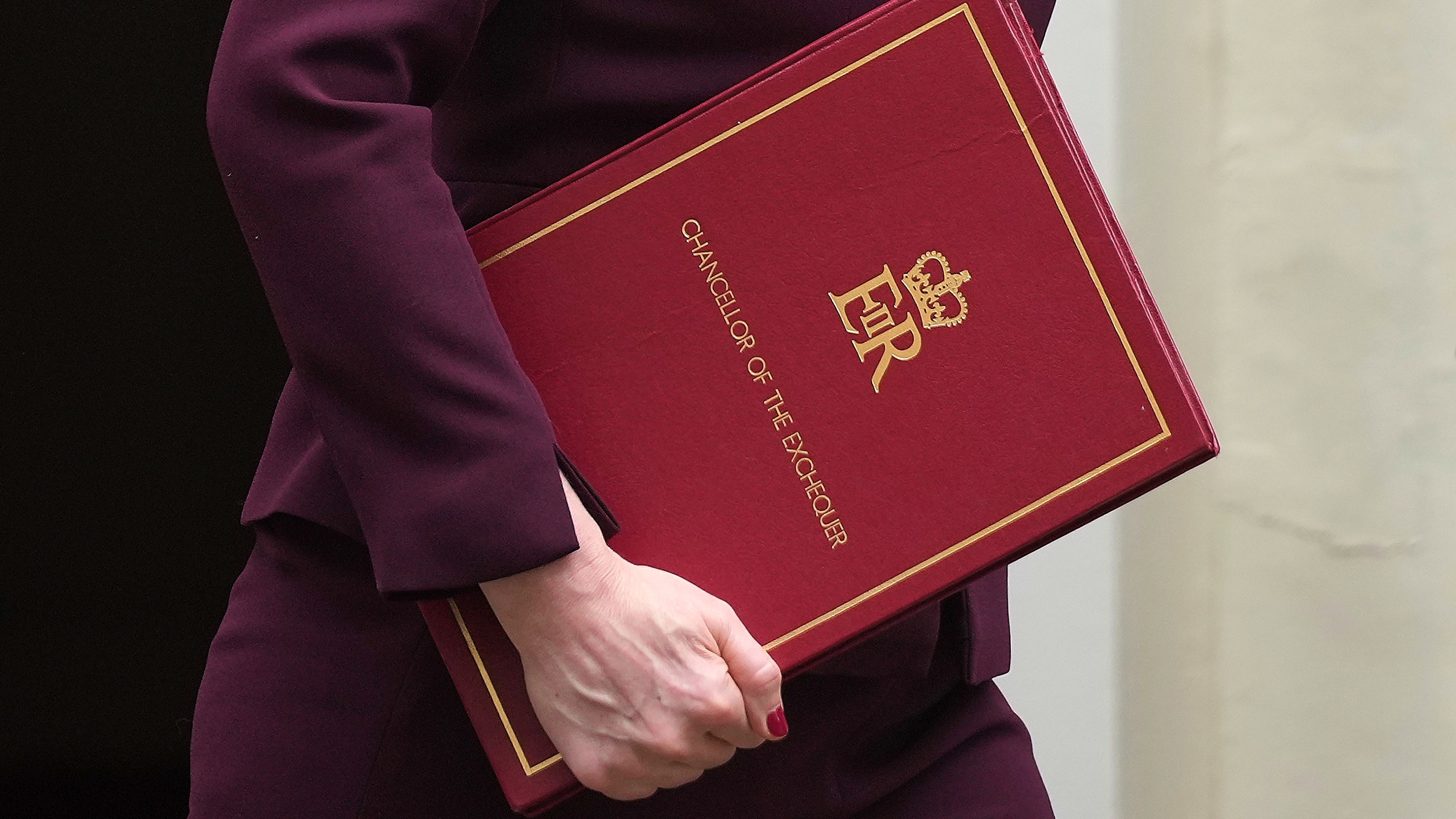
There were more dramatic changes in the way ESG funds were classified last year, and the final quarter of 2022 saw the biggest downgrade of the strictest sustainable funds since new disclosure rules came into place in 2021.
According to Morningstar data, some 40% of funds were shifted by asset managers from Article 9 to Article 8 categorisation in the final three months of 2022.
This migration to less stringent categories is being driven by regulatory changes and uncertainty about how sustainable investments are defined. It reflects ongoing caution by fund managers, even as flows into sustainable funds continue to rise in Europe.
Some 307 Article 9 funds were downgraded to Article 8 in the fourth quarter of 2022, with a combined asset under management (AUM) value of €170.1 billion, according to the latest Morningstar data. And the trend has continued into 2023, with €99 billion of ESG funds downgraded to Article 8 in the first month of the year.
Under EU Sustainable Finance Disclosure Regulation (SFDR), fund managers in 2021 were brought under a mandatory disclosure regime: funds were split into "article" categories, with Article 6, 8, or 9 based on sustainability objectives.
Article 8 funds "promote environmental or social characteristics" whereas more stringent rules for Article 9 funds have a "sustainable investment objective".
Morningstar's Wang says the downgrade trend is set to continue.
"This downgrade phenomenon is mostly driven by recent regulatory developments, and the stringent requirement of 100% sustainable investment stipulated for Article 9 products," he says.
"With continued uncertainties in the definition of sustainable investment and the methodology via which sustainability is calculated, asset managers often choose to stay cautious. As a consequence the downgrade is bound to continue."
One of these uncertainties could be new rules that have just come in effect – an upgraded disclosure regime known as SFDR Level II. It’s clear that many asset managers have tried to pre-empt these changes before January 2023 and continue to react to them.
More Globes
As Morningstar’s global head of sustainability research, Hortense Bioy, pointed out in 2021, Article 8 and 9 funds perform better on ESG metrics than the rest of the universe.
Among these, Article 9 portfolios exhibit higher sustainability credentials, as you would expect. More than 70% of Article 9 funds carry Morningstar Sustainability Ratings of either four or five Globes, compared with 51% of Article 8 and 33% of Article 6 funds.
Asset managers continued to expand the range of Article 8 and Article 9 options available to investors in terms of asset class, market exposure, investment style, and theme, Bioy said in October 2022 – looking at Q3 flow data.
"While general ESG- and sustainability-focused offerings continued to account for the largest part of the product development activity, climate funds remained by far the most popular theme represented among new product launches," she said.
In that period, 34 new funds with a climate flavour came to market, spanning all climate investment approaches. Climate-themed funds allow investors to reduce climate risk in portfolios and/or gain exposure to companies that will benefit from, or contribute to, the transition to a low-carbon economy.
Other new sustainable products target a variety of environmental and social issues including biodiversity, healthy ecosystem, food security, and healthcare.
Some Outliers
Not all funds saw downgrades in the period.
More than 10 funds went in the opposite direction, with an upgrade from Article 8 to Article 9, according to our data, with ABN EdenTree European Sustainable Equities the biggest of this group by AUM.
And three funds made the jump from Article 6 – effectively an "all funds" category – to Article 9, and they are sold by Paris-based Ecofi Investissements



























